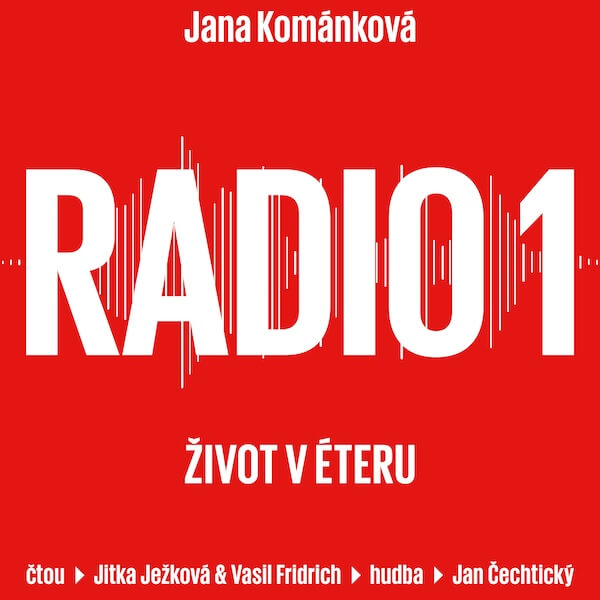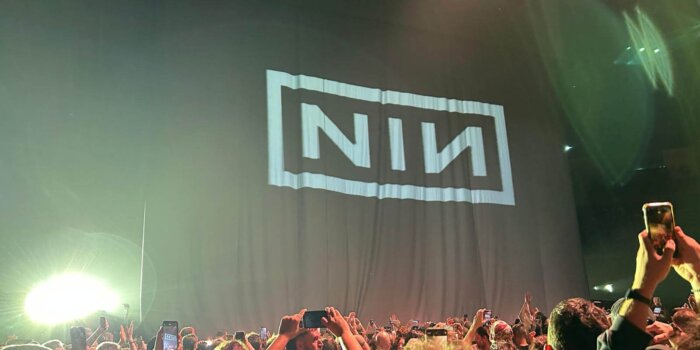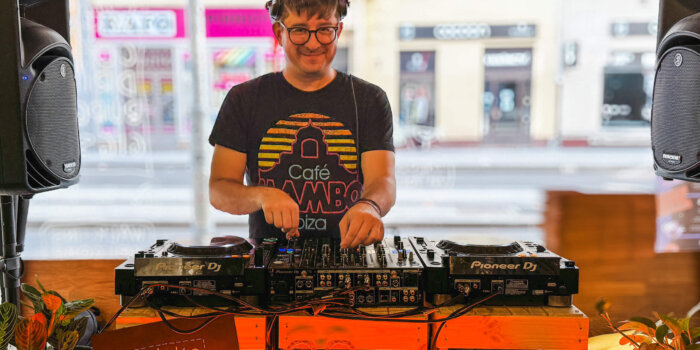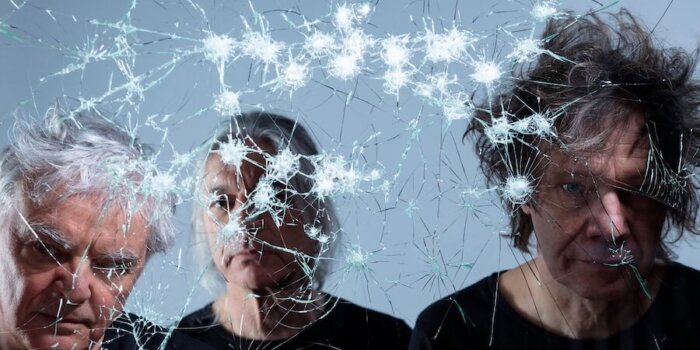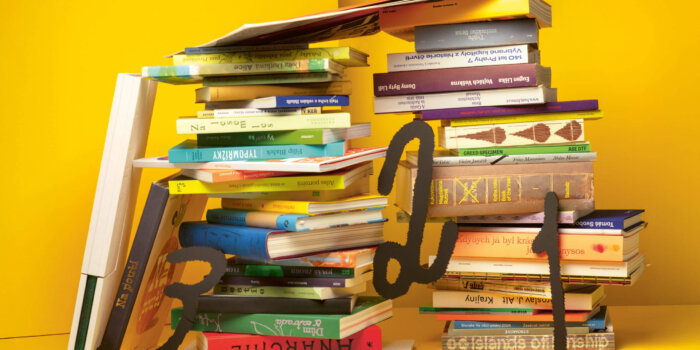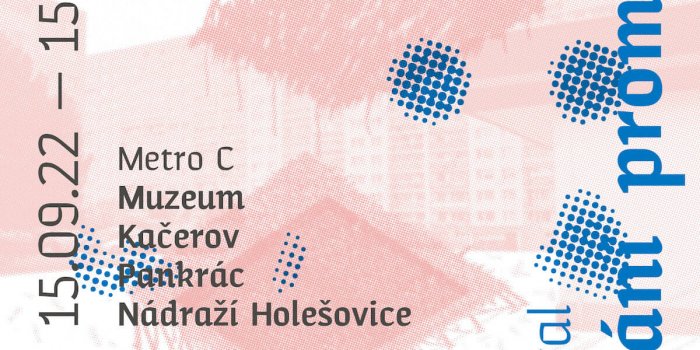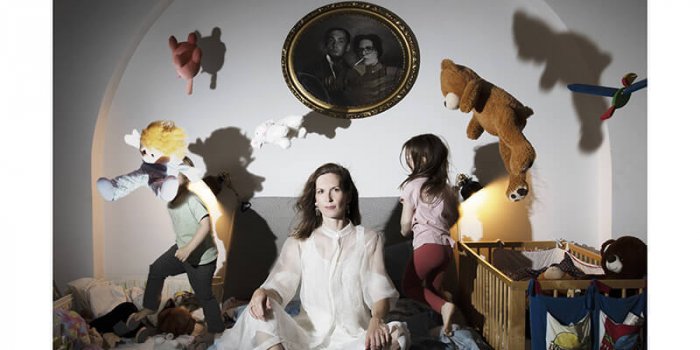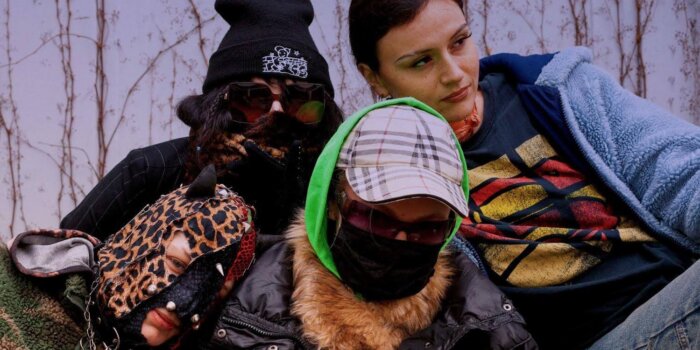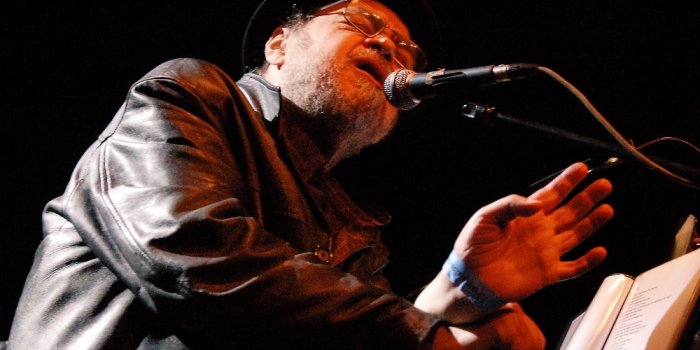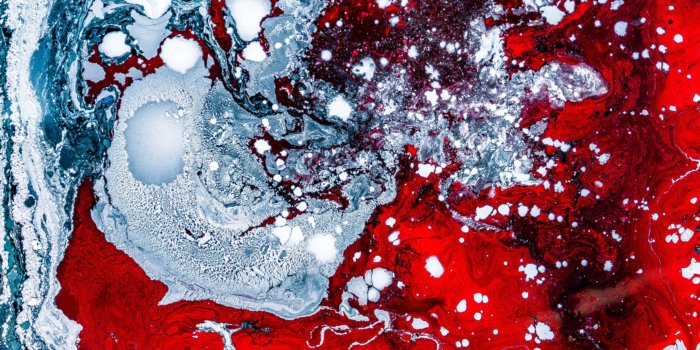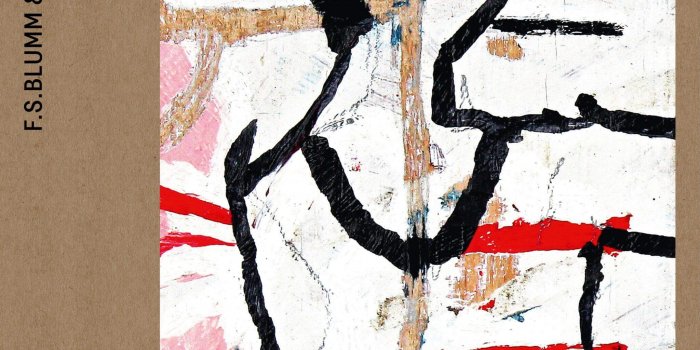JIRI GEORG DOKOUPIL PUSHES THE BOUNDARIES OF CRAFT WITH HIS FIRST-EVER LARGE GLASS SCULPTURES IN THE SOLO EXHIBITION ‘VENETIAN BUBBLES’
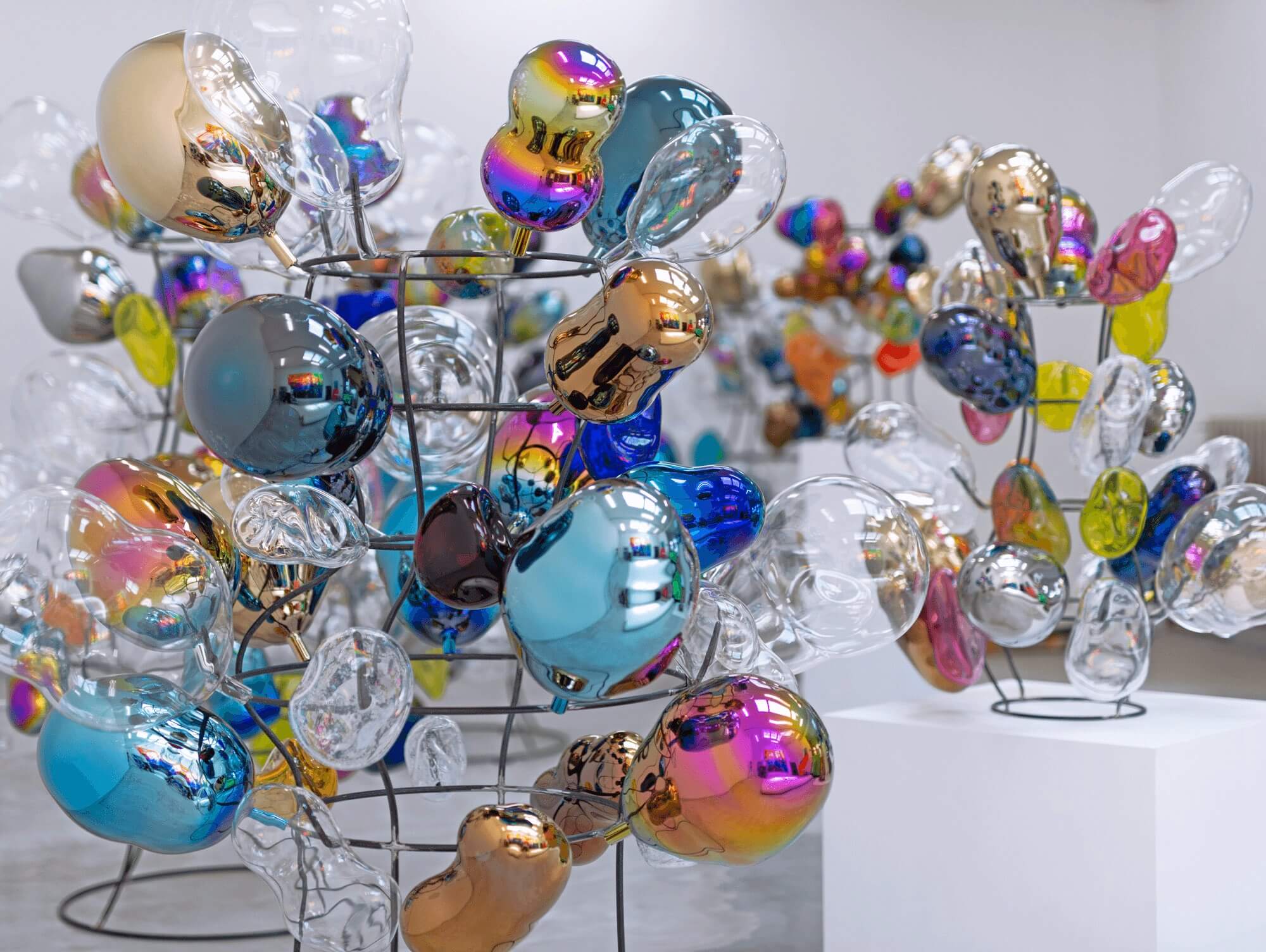
JIRI GEORG DOKOUPIL PUSHES THE BOUNDARIES OF CRAFT WITH HIS FIRST-EVER LARGE GLASS SCULPTURES IN THE SOLO EXHIBITION ‘VENETIAN BUBBLES’
Introducing new site-specific works at the Biblioteca Nazionale Marciana of Museo Correr in Venice, the exhibition marks the evolution of the artist’s renowned Soap Bubble Paintings into three-dimensional form.
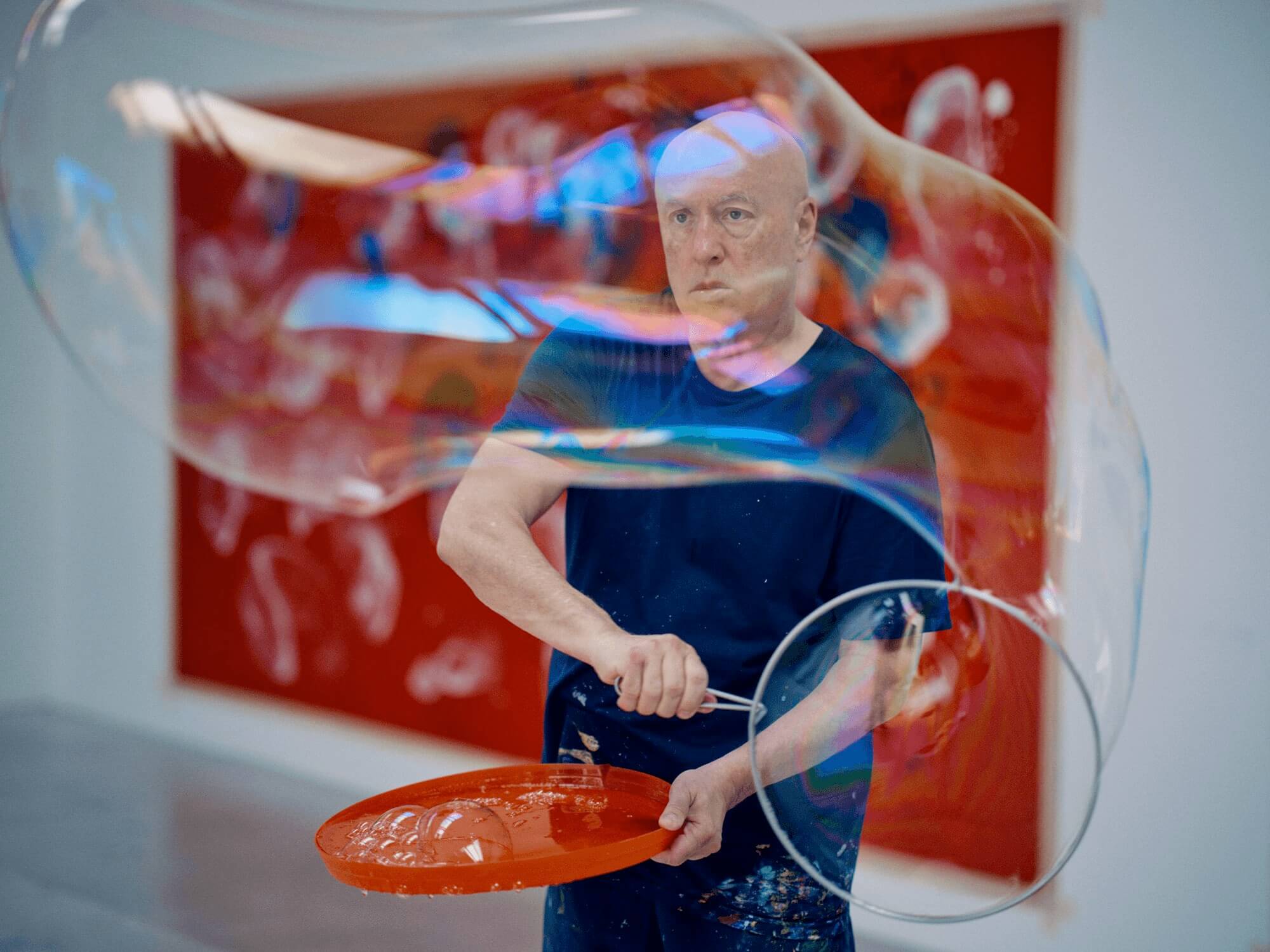
Globally acclaimed artist Jiří Georg Dokoupil inaugurates a new phase of his versatile and experimental artistic practice in his upcoming solo exhibition Venetian Bubbles. Curated by Reiner Opoku and supported by the Association for Art in Public, the exhibition will be on view from June 22 – August 18, 2024, at the Sale Monumentali of the Biblioteca Nazionale Marciana of Museo Correr, Venice. The artist will unveil eight of his first-ever large sculptural works in glass, seven large-scale paintings, and a series of works on paper. Set in a space adorned by historical Renaissance painters like Veronese, Titian, Tintoretto and Zelotti, this contemporary intervention reflects the artist’s liberated exploration of materials and techniques, revealing new approaches to glassmaking with freedom, play and humor, while capturing the ephemerality of existence.
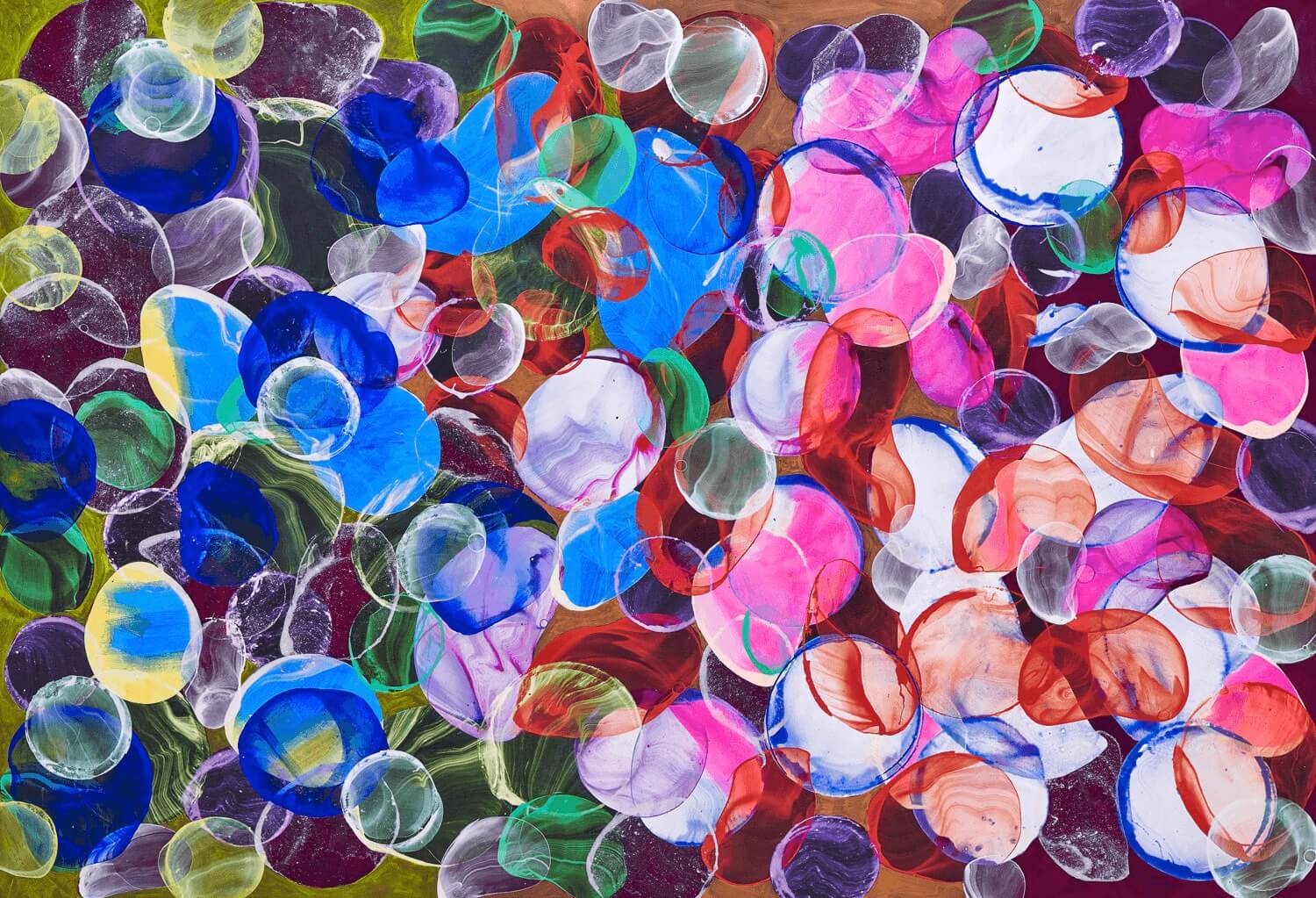
Dokoupil’s new glass sculptures are an extension of the artist’s renowned Soap Bubble Paintings – their temporal element is now expressed in a three-dimensional space, narrowing the distance between the viewers and the subtleties of his practice. Seven metal bottle racks (80 – 200 centimeters tall) are adorned with glass bubbles of various bright hues. The artist names them ‘Homemade Venetian Bubbles’ honoring their national origin from various manufacturers and master craftsmen in crystal glass from the Bohemia region, the Czech Republic. Playfully reframing ordinary objects into an artistic context, Dokoupil challenges traditional ways of utilizing materials, instructing the glassmakers to explore new creative dynamics in the sculptural process, consequently disrupting both the artists‘ established techniques and the expectations associated with craftsmanship. The glass bubbles hanging on female-shaped bottle racks bring forth a striking juxtaposition between fragility and strength, underscoring recurring existential themes of transience and permanence in Dokoupil’s oeuvre. Captured and conserved at the peak of their existence, the bubble sculptures uncover layers of complexity and nuance in their form, texture, and spatial presence, that are inherent in both the artist’s practice and his reflection on the human condition.
Among the highlights of the exhibition is ‘Open Bubbles Condensation Cube,’ a nod to Dokoupil’s former teacher Hans Haake’s ‘Condensation Cube’ (1963/68), which encapsulates glass bubbles within a box filled with condensed water. The work embodies Dokoupil’s approach of incorporating the environment and viewer into the art itself, mimicking a living system within the artwork.
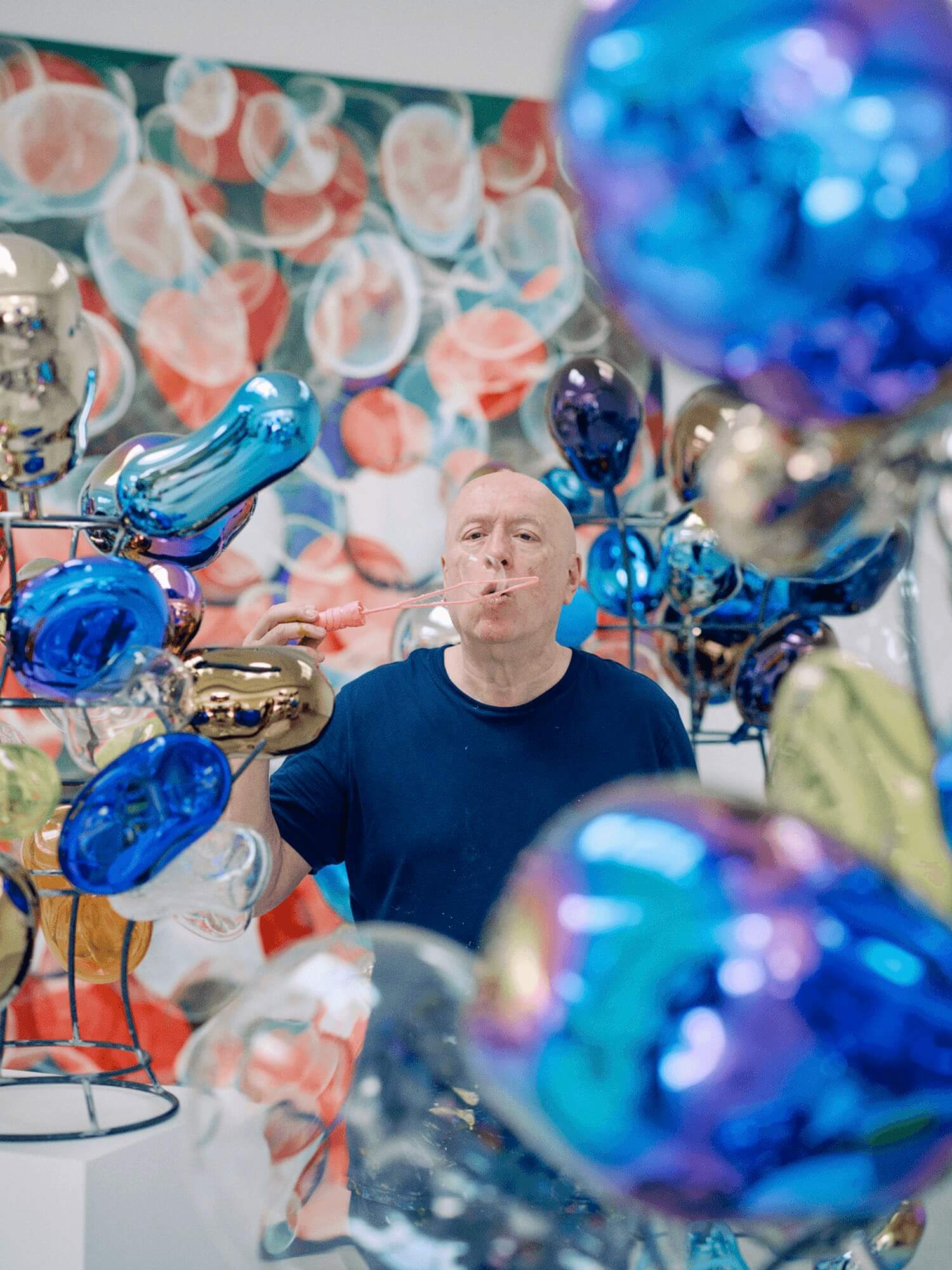
A key figure in the „Neue Wilde“ movement in Germany and known for his unconventional experimentations in the global art scene, Georg Dokoupil has never been confined to a specific genre or style. Instead, he transcends traditional practices, using unusual materials such as whip marks, candle soot, or fruit, and soap bubbles, demonstrating a multiplicity of approaches to painting and a body of work that defies categorization. In ‘Venetian Bubbles,’ Dokoupil presents seven large-scale paintings (ranging from 200 x 400 centimeters) depicting colored soap bubbles. Since the late 1970s, the artist has been exploring the subtleties of his technique, mixing soap-lye with pigments, and blowing bubbles onto a canvas coated with paint, guiding their burst to leave intricate organic imprints. These unpredictable patterns evoke a sense of spontaneity that challenges the control of the artist and the notion of permanence often found in the painting practice. Dokoupil simultaneously reflects on deeper themes of the human condition – the breath used to conceive the bubbles, evokes the fugacity of existence, while their imprints on the canvas reveal textures of the ephemeral.
‘Venetian Bubbles,’ is an evolution of Jiří Georg Dokoupil’s multifaceted artistic practice – a liberated exploration of techniques and materials to express a narrative intertwining the playful with the profound. As delicate bubbles are transformed into timeless expressions of artistic ingenuity, Dokoupil’s work reflects his enduring pursuit of innovation, challenging the boundaries of artistic mediums through themes of impermanence and transformation.
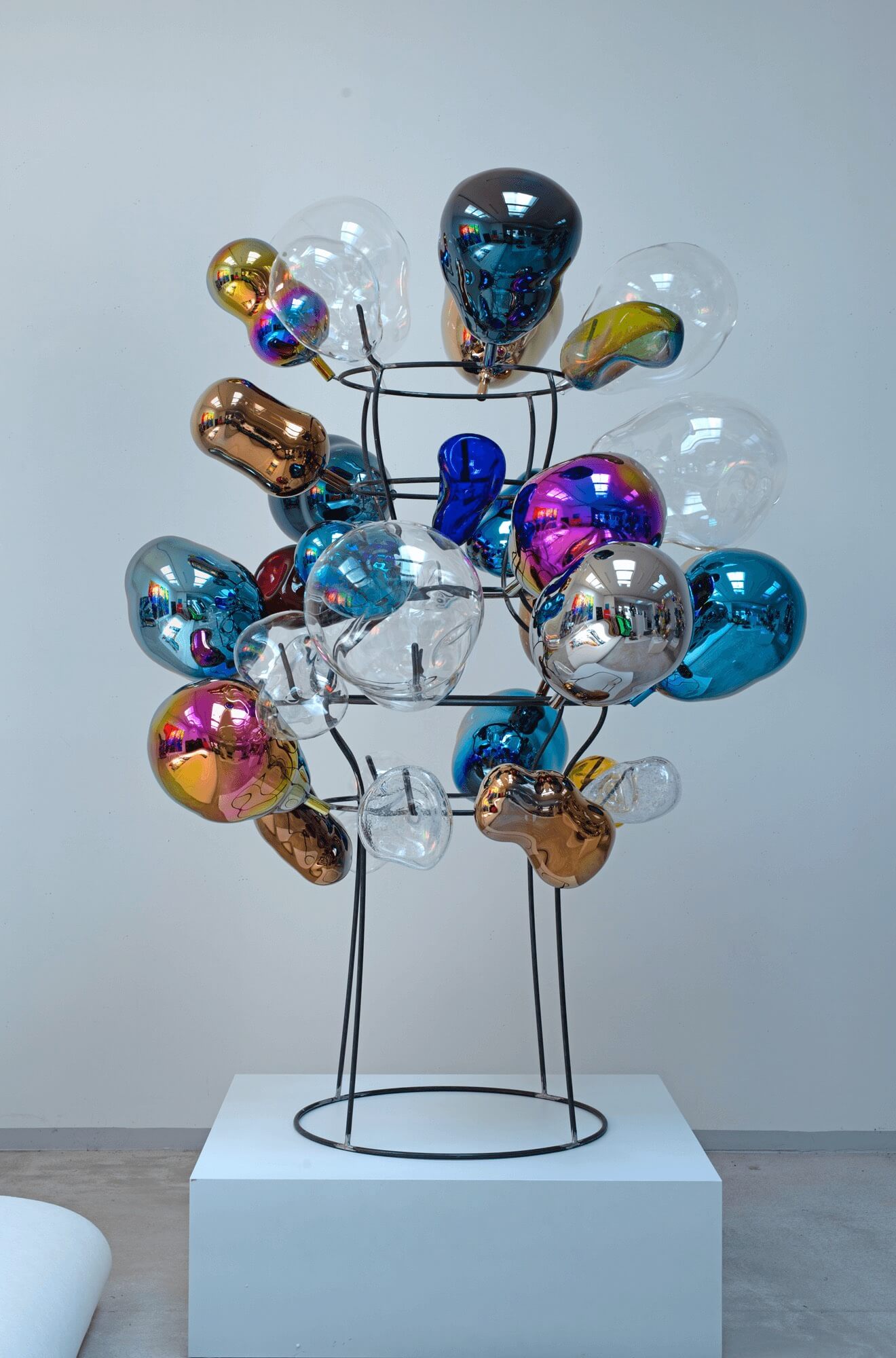
Dirk Geuer, this year’s chief curator for all Marciana’s art exhibitions hosted in parallel to the Biennale Arte 2024, brings another established international artist to Venice. “The juxtaposition of Dokoupil’s works of art with Renaissance paintings in such an historically significant location opens a dialogue between new and old masters”.
—
Opening Hours:
Monday – Friday | 10 A.M. – 6 P.M. (last admission at 5 pm)
About Jiří Georg Dokoupil:
Georg Dokoupil’s main subject is painting. He refuses to be subordinated to a personal style, attitude, or conventional artistic approach. Instead, he operates in a free and not assignable manner right from the beginning of his career in the early 1980s. The artist’s open and experimental spirit creates a wide range of visual worlds through unconventional technical inventions: he puts color on canvas with a whip or with car tires, he creates candle paintings using soot or bound pigments into soap bubbles, only to have them burst on his canvases. The artist is fixing the ephemeral within his pictorial inventions. Georg Dokoupil oeuvre today contains over 60 series and far more than 100 devised techniques or styles.
Jiří Dokoupil was born in Krnov, former Czechoslovakia, in 1954. After the invasion of the Soviet army in Prague in 1968, he fled with his family to Germany. From 1976 to 1978, Dokoupil studied fine arts in Cologne, Frankfurt am Main and in New York at The Cooper Union with the conceptual artist Hans Haacke. Dokoupil was founding-member of the German artist groups Mülheimer Freiheit and Junge Wilde, which arose in the late 1970s and early 1980s. The group was associated with the legendary art dealer Paul Maenz who organized Dokoupil’s first solo exhibition in Cologne in 1982. In their shared studio in Cologne on a street named Mülheimer Freiheit, the Junge Wilde sought to explore a contemporary expression for their art by using a neo-expressive, figurative style of intensely colorful painting with traditional subjects and by overriding the intellectual, reduced formal language of Minimal and Conceptual Art. Dokoupil also taught as a guest professor at the Academy of Fine Arts of Düsseldorf from 1983 to 1984 and in Madrid during 1989.
Dokoupil developed a less wild, rather unusual working method and soon found his own radical subjective way with individual considerations. With his “book painting” shown at documenta 7 in Kassel in 1982, Dokoupil widely attracted the attention of the art world. Since then – besides the early group exhibitions with the Mülheimer Freiheit – Dokoupil’s work has been seen in numerous one-man shows in galleries, museums and at other cultural sites worldwide.
Dokoupil lives and works between Berlin, Madrid, Rio de Janeiro, and Las Palmas.
About Reiner Opoku:
Reiner Opoku is a Berlin based art consultant and international art agent. He has curated numerous international art exhibitions since the early 1980s and is representing a variety of renowned contemporary artists. Reiner Opoku serves as an advisor and initiator for aligning artists and the creative world with institutions, galleries, and brands by creating collaboration platforms, publications and commissioned works.


